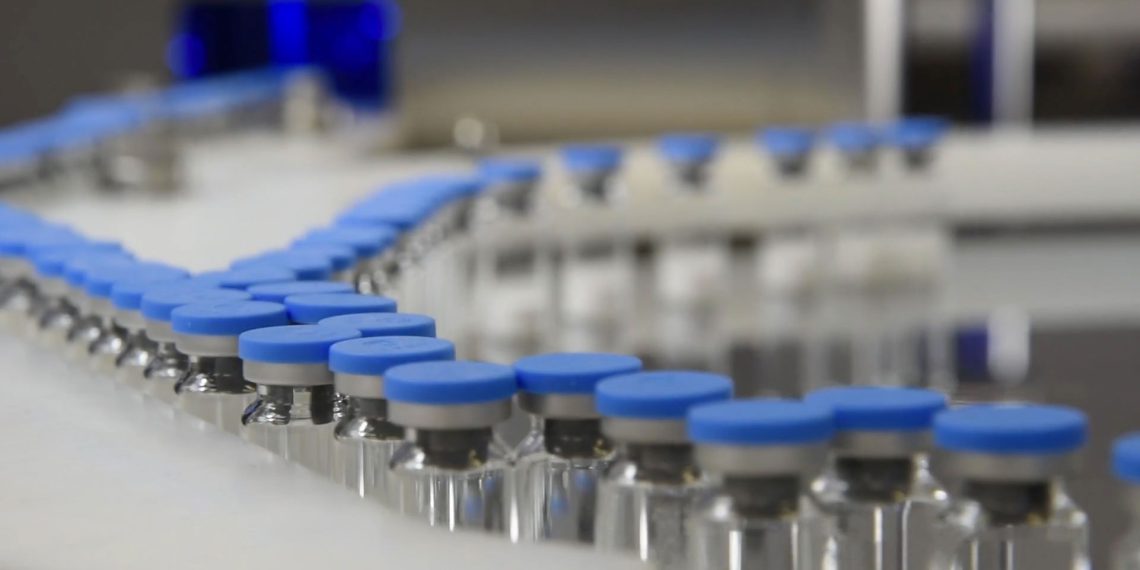Lyo-Check is an automatic industrial machine designed for the visual inspection of lyophilized pharmaceutical preparations intended for injection (parenteralia). The Lyo-Check, with a capacity throughput up to 600 containers/minute, has two complementary systems in order to perform a total inspection of the vial and of the lyophilized content:
- Visual inspection technology for particle checking, filling level checking, containers cosmetic and functional faults detection;
- Cap closure integrity using laser absorption spectroscopy Head Space Gas Analysis in order to test the sterility of containers
- Cap closure integrity using laser absorption spectroscopy HSGA
Reject verification system based on “fail-safe” principle ensures that containers recognized as defective will not reach the channel of good products. The machines can be run by a single operator through the built-in touch-screen display, where all the controls and configuring functions are available.
Disruptive technology, patented solutions
Exclusive main inspection carousel design features a combination of grippers and column-free configuration. A patent protects the configuration of the main inspection carousel which is designed without central column allowing:
- the cameras to be placed at a bigger distance from the object, thus obtaining the perfect focus without need for re-adjustment;
- the lighting source to be placed on different sides around the product to be inspected (rather than just one side);
- cameras to be angled (rather than pointing straight at the product)
High precision cap inspection
Dynamic seal inspection for the quality of the crimped aluminum seal of the vial using second carousel. A patent has been filed for a specific design of a new type of inspection station dedicated to crimping and neck inspection. The station is based on a dynamic inspection which exploits and external turret (or second carousel) composed of a series of cameras and at least two type of lighting source: from the top and from the bottom. Each light types has therefore a different angle of incidence versus the zone to be inspected and allows for the creation of a different environment, helping to maximize the defect visibility.

















